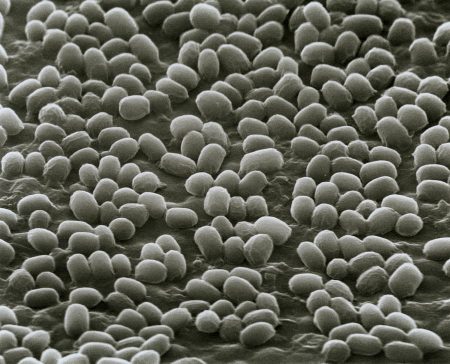January 10, 2018 – The new American administration, merely one-year-old, has chosen to lift its ban on the funding of experiments to make pathogens more dangerous. In a December 19, 2017, announcement, the National Institutes of Health (NIH) reversed the funding pause dating back to 2014 on research projects focused on enhanced pathogenicity and transmissibility. Now U.S. laboratories can submit applications for funding on enhanced potential pandemic pathogens capable of being widely dispersed in human populations. At the time of the 2014 pause, some 21 projects were put on hold, the vast majority studying seasonal flu, severe acute respiratory syndrome (SARS), and Middle East respiratory syndrome (MERS). Eventually, 10 projects went ahead, but three on MERS did not.
The upside of lifting the ban is research can proceed on helping the medical community better prepare for pandemics. The dark side of the equation, however, is this research can be repurposed to create biological weapons for which there will be no antidote or cure.
Epidemiologist, Marc Lipsitch, at the Harvard T. H. Chan School of Public Health, in Boston, argues that these types of experiments shouldn’t be happening at all and that they risk “creating an accidental pandemic.”
Those who praise the lifting of the ban describe nature as a much worse bioterrorist than any biomedical researcher working with a pathogen in a lab.
The issue of research into enhanced pathogens remains controversial.
States Richard Ebright of Rutgers University, “I am not persuaded that the work is of greater potential benefit than potential harm.”
There are application funding requirements that researchers need to demonstrate. These include:
- safe and secure facilities
- backup plans in case of laboratory accidents
- security breaches
The reasons for the 2014 pause included a series of biocontainment accidents with anthrax and avian flu at the Centres for Disease Control and Prevention (CDC).
Even with the new requirements, critics argue that accidents will happen again because of human error.















